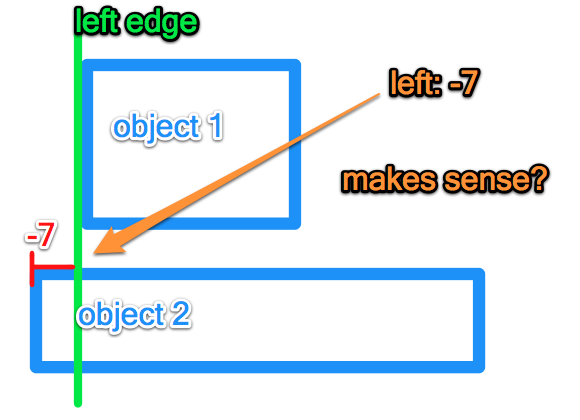I saw 10 Principles of Good Design a while ago and I wanted to do something similar. Today I present to you…
Uncategorized
I made a quick site: The 6 B’s
I saw 10 Principles of Good Design a while ago and I wanted to do something similar. Today I present to you…
Smart use of jQuery and an API to autofill from ZIP code.
I hate entering things twice. When I get a form mostly filled out, and something happens to cause me to lose the data, oohh. I hate that.
ZIP codes are a system of postal codes used by the United States Postal Service (USPS) since 1963. The term ZIP, an acronym for Zone Improvement Plan,[1] is properly written in capital letters and was chosen to suggest that the mailtravels more efficiently, and therefore more quickly, when senders use the code in the postal address. The basic format consists of five decimal numerical digits.
Smart use of jQuery and an API to autofill from ZIP code.
I hate entering things twice. When I get a form mostly filled out, and something happens to cause me to lose the data, oohh. I hate that.
ZIP codes are a system of postal codes used by the United States Postal Service (USPS) since 1963. The term ZIP, an acronym for Zone Improvement Plan,[1] is properly written in capital letters and was chosen to suggest that the mailtravels more efficiently, and therefore more quickly, when senders use the code in the postal address. The basic format consists of five decimal numerical digits.
CSS is awesome
Today I finished this awesome tutorial about making responsive buttons. It is amazing that most of what you see is CSS. I thought it was the other way around, that most of it was HTML, but CSS is the king.
CSS is awesome
Today I finished this awesome tutorial about making responsive buttons. It is amazing that most of what you see is CSS. I thought it was the other way around, that most of it was HTML, but CSS is the king.
It’s Friday…
Leave a comment on this post if, in your mind you started singing Friday. Sorry. It had to be done.
Sometimes you find lots of ways that don’t work.
I spent quite a bit of time making a new page for ye olde website today. Unfortunately, I don't have much progress to show for it.
Sometimes you find lots of ways that don’t work.
I spent quite a bit of time making a new page for ye olde website today. Unfortunately, I don't have much progress to show for it.
Case of the Phantom Tooltips – SOLVED
I spent just as much time implementing a small feature today, as I took yesterday to build the whole website. Sheesh. 🙂



